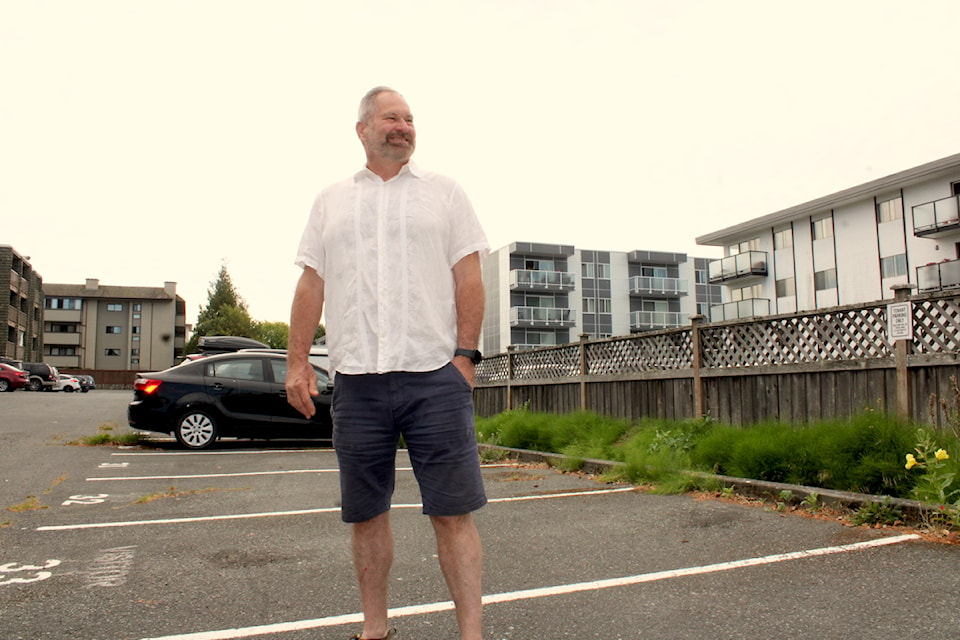A recent article and a letter to the editor use the example of the 2021 heat dome to claim that James Bay residents are at high risk during hot weather and suggest that air conditioning should be required in residential buildings.
According to climate scientists, the 2021 heat dome was an extreme and extraordinarily rare event – one that we would expect to see in Victoria only once in every 10,000 years, even with climate change. As such, it should not be used as a basis for setting policy or building codes.
Climate change is making heat waves more common in Victoria, but that means typical heat waves (with temperatures in the high 20s to low 30s) not extremely rare events like the 2021 heat dome (when temperatures reached close to 40C).
James Bay is known for being one of the coolest areas in Greater Victoria during hot summer weather, which greatly reduces the risk from heat waves. Data from Environment Canada’s Victoria Harbour weather station, which is located near the Coast Guard station, shows just how cool it is in James Bay. Over the past 10 years, the average temperature during the warmest part of the day (noon to 5 p.m.) in July and August at Victoria Harbour was 17.3C. That compares with 22C for Environment Canada’s U-Vic weather station, which is more typical of parts of Greater Victoria away from cooling effects of the Strait of Juan de Fuca. In that 10-year period, Victoria Harbour recorded a temperature above 25C for an average of only two hours each summer (0.1% of all hours).
I think if you said to people in other Canadian cities that we were concerned about heat stress in a neighbourhood with an average summer afternoon temperature of 17C, they would laugh in your face. Even New York City, where average summer temperatures are 10 degrees C warmer than James Bay and humidity is much higher, doesn’t require air conditioning in residential buildings. Cooling degree days (CDDs) above 18C are a standard measure of the need for air conditioning. Areas of Victoria near the water, like James Bay, average 27 CDDs annually. By comparison, Toronto averages 15 times as many (406 CDDs) and New York City averages 28 times as many (756 CDDs).
Steven Murray
Victoria



